Y Filltir Sgwâr/The Square Mile: The British
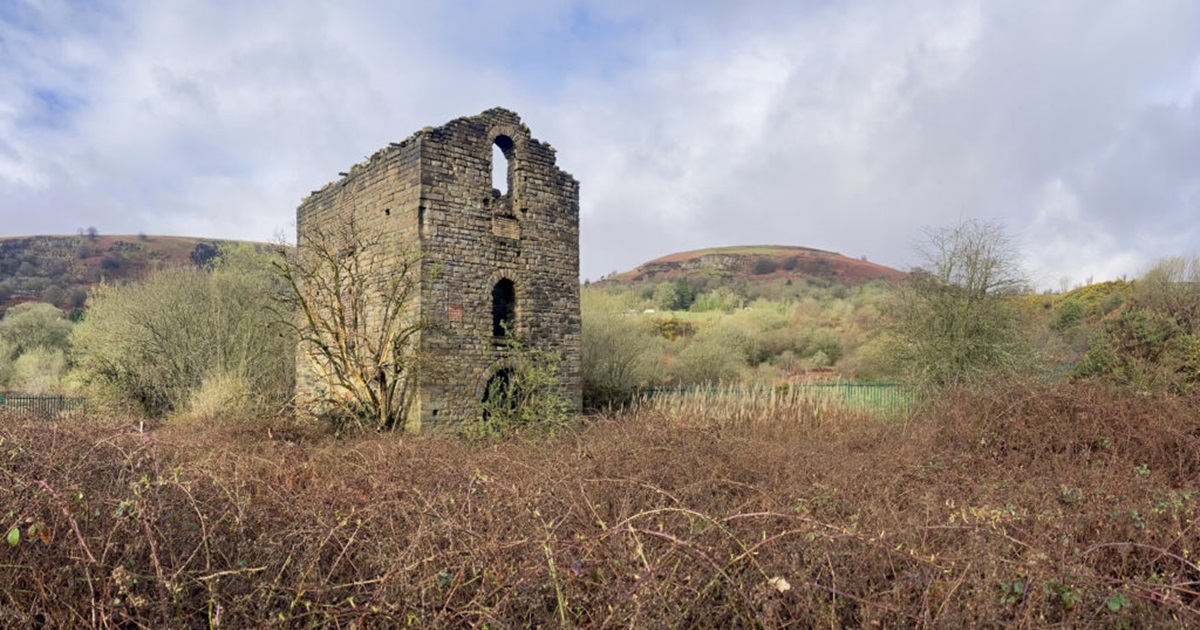
In a year long series Tom Maloney, from Abersychan, shows how you can love a place so well it becomes a part of you.
The British
Abersychan has so many gems for sure, but one that may not be apparent at first, especially on a grey day of biting rain is ‘The British’.
I may be biased of course, but I love to explore here. I am often surprised by what I see and what I learn and how glad I am that I have got to know it quite well.
This old industrial landscape of decaying ruins, grassland and channelled streams where Nature thrives alongside the historic heritage holds so much promise for the future if it is understood and cared for.
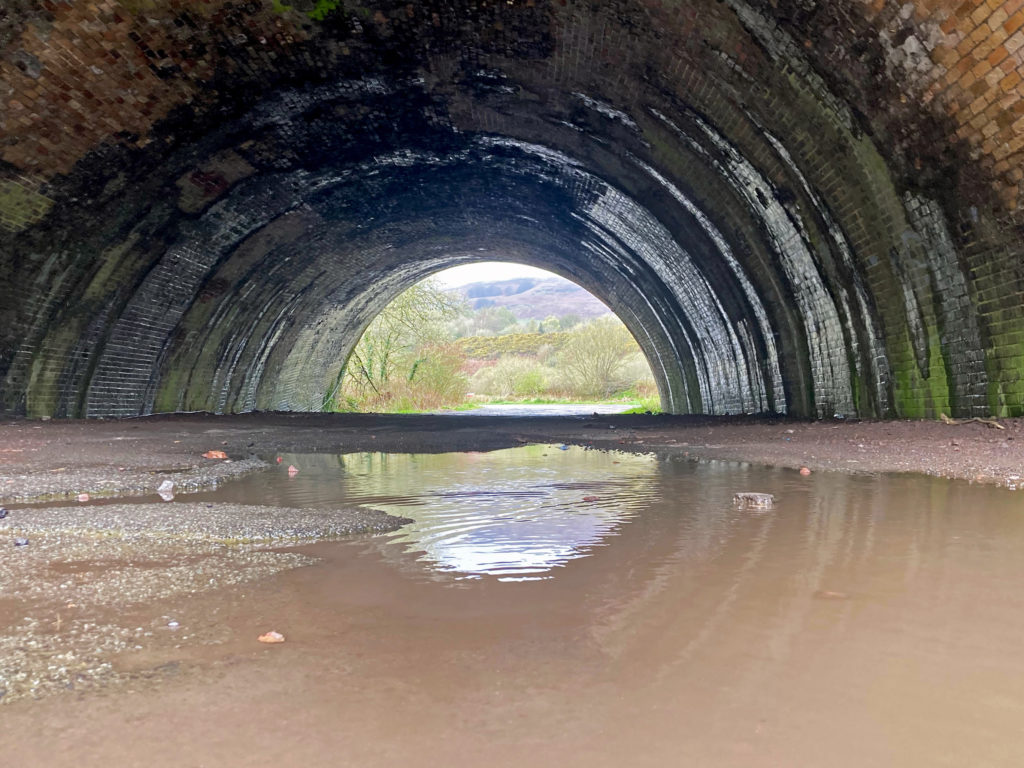
A good place to begin a wander at The British is through ‘Big Arch’ or ‘Bwa Mawr’ in the Welsh.
It is very aptly named and on days where the archway is reflected in the pooling puddles of rainwater you really get a sense of the scale of the huge undertaking involved in building this local iconic structure.
It has a rugged, gently undulating beauty and sometimes I get the impression that there are the swirling brushstrokes of an artist on its brick lined walls.
Hidden with the curving mortar is the name of every fine craftsman that laid a brick or stone here, there is such skilful artistry on display.
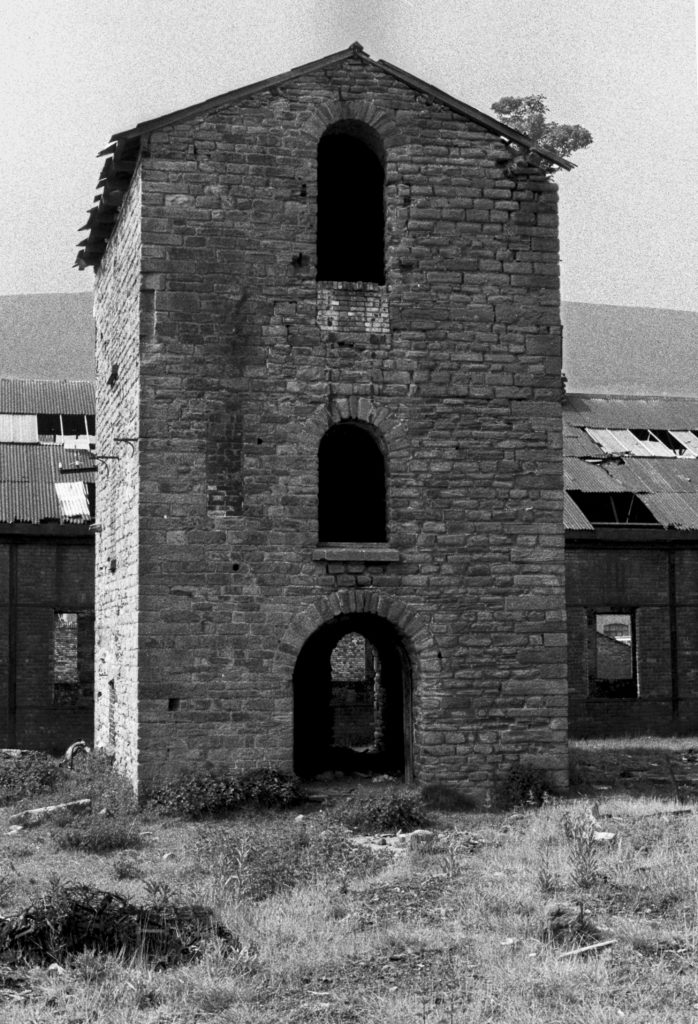
Just beyond Big Arch lies the site of the old British Ironworks or Abersychan Ironworks. Before continuing on, I feel I should do ‘a shout out’ for History Societies everywhere and in particular for the excellent work of Brian Foster, who is the author of ‘Abersychan Ironworks 1827 – 1884’.
I am so indebted to the knowledge and insights provided in this lovely publication. It has set the scene for so many of my thoughts and answered so many questions, including why the area is called ‘The British’.
When the wheels of industry were set in motion the land was leased to the British Iron Company of London for sixty years and it has been called ‘The British’ ever since. From the study it is clear that it was not an endeavour without difficulties.
‘Throughout a chequered and often troubled history Abersychan Ironworks occasionally provided riches for the shareholders, but for the vast majority of employees the rewards were more often than not hard work and hard times.’
The most complete remaining relic of the past is the old engine house. I took my first photograph of this structure in the 1980s whilst I was briefly at home from Art College, most probably on the same day as I took the photograph of York Place, featured in ‘Serendipity’.
Again, this is another image that I took without realising that later in life I would return to live in Abersychan and that these black and white images would in time become focal points for my interest.
I so wish that I had taken more photographs of the engine house than just this one, but there we are, how strange life is at times!
The roof has collapsed now and its crumbing walls are fenced off, but there is still something stoic about the way it continues to survive.
This is a building of The Industrial Revolution, but in my imagination its design takes me back to more ancient times, as it is so reminiscent of a temple of the Gods of Greece and Rome.
Andy Warhol’s artworks of repeating images have again provided the inspiration for a continuous project.
For some years now I have photographed the engine house and the nearby chimney stack at Cwmbyrgwm from the same viewpoint.
I am fascinated by how the mood of place transforms with the changing light, colours and textures as time passes and as the Seasons make their mark.
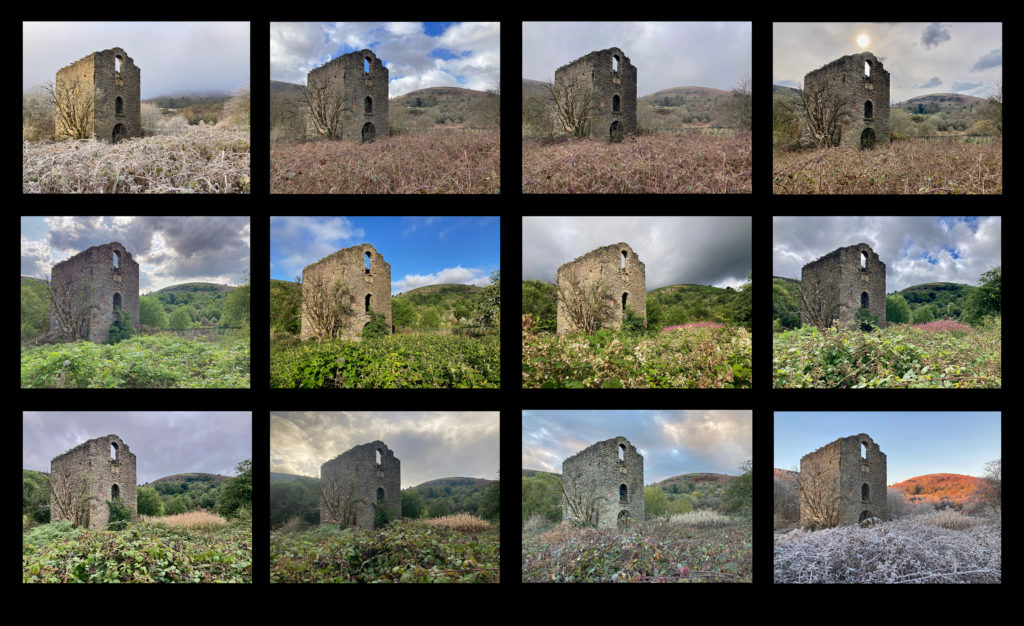
Other than a few traces of stonework here and there very little remains of the ironworks now, but Brian Foster’s history feeds your imagination with interesting information.
The original construction could not be described as successful in any way!
‘The erection of Abersychan Ironworks was an economic disaster, with more than £74,000 being expended before the foundations were completed or a single blast furnace finished … a combination of appalling ground conditions and poor ‘on site’ management must surely have contributed to the overall capital loss.’
What of the ground today? Well let’s just say I wear wellingtons most of the time!
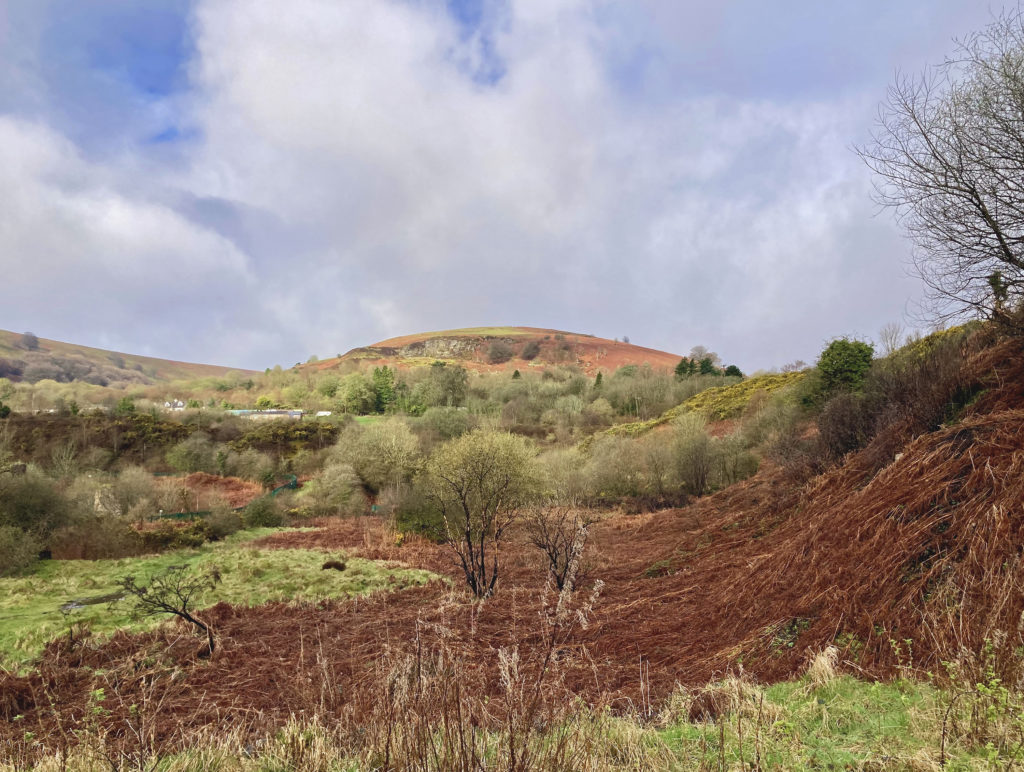
Despite a lack of any surviving documentation showing the exact date of closure, through diligent detective work he has put the date to be around February 1884 from an obituary in The Pontypool Free Press.
It would seem that the demise of the ironworks coincided with the expansion of the railway network with Big Arch being constructed in 1879.
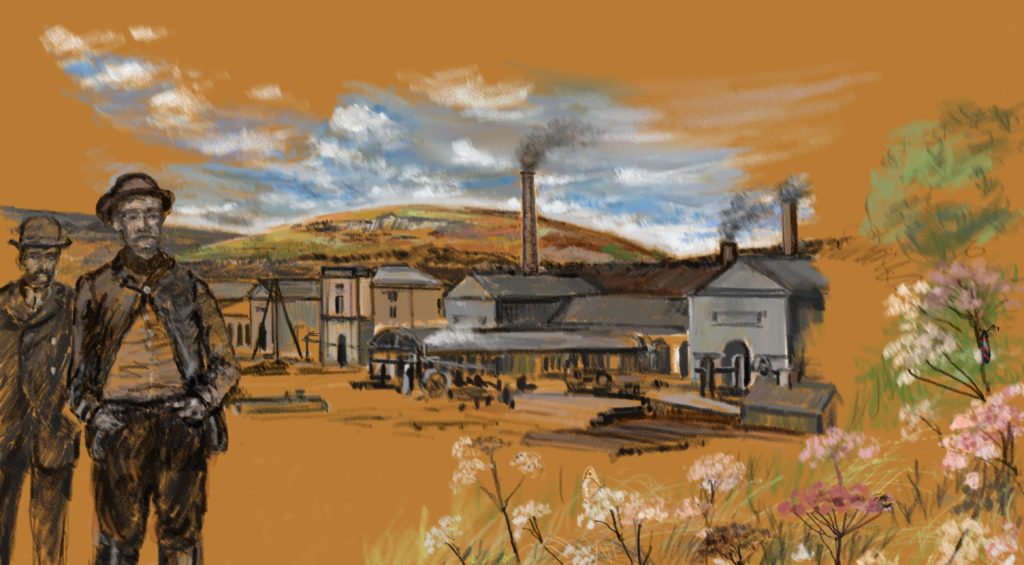
In moments I imagine the furnaces and the people who once worked at The British and I think of how Nature is once again the engine house bringing new habitats and new life.
I adore the diversity of the site. At any one time you can hear the call of a Stonechat, such a small bird but with such a distinctive voice like the tap, tap, tapping of two stones together or just a few steps away you may hear the drumming beat of a woodpecker.

The coming months will bring such a variety of flora and fauna, so many bees and butterflies and so much to look forward to after so much heavy rain.
Read the earlier installments of Y Filltir Sgwâr/The Square Mile by Tom Maloney
Support our Nation today
For the price of a cup of coffee a month you can help us create an independent, not-for-profit, national news service for the people of Wales, by the people of Wales.






